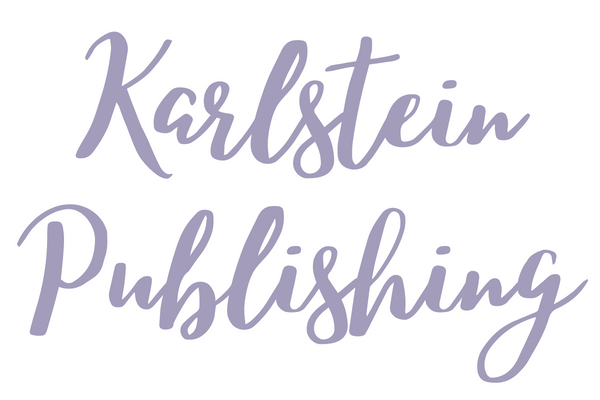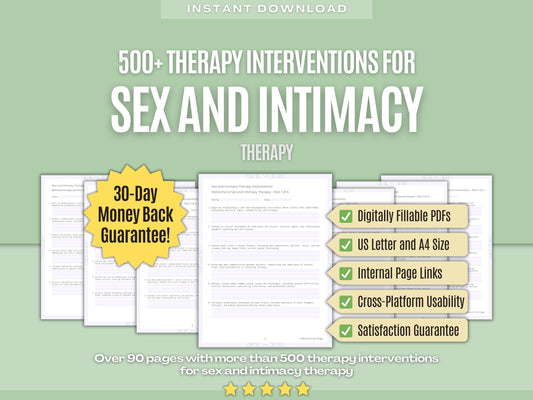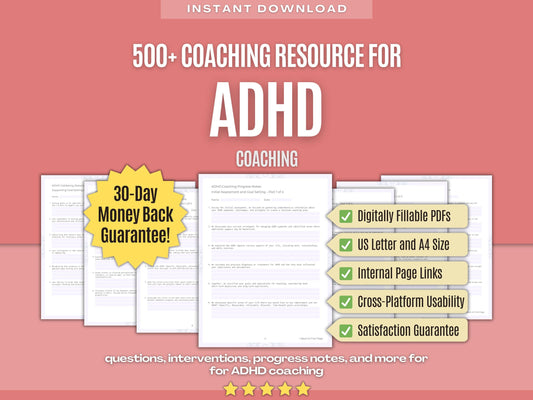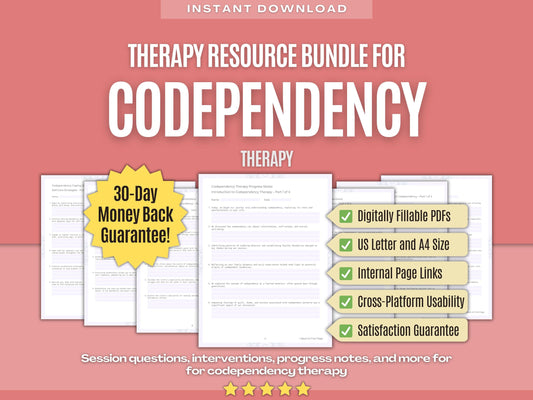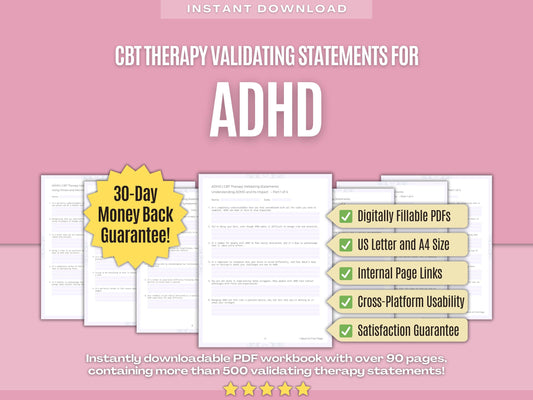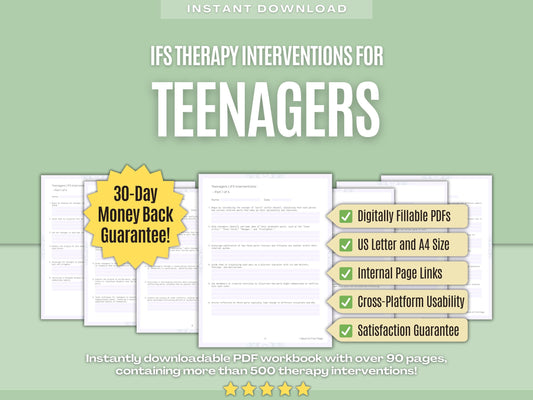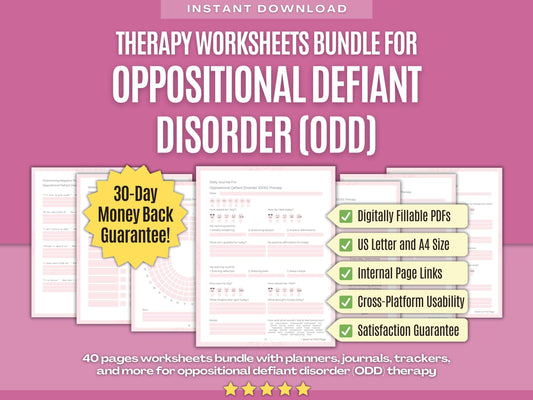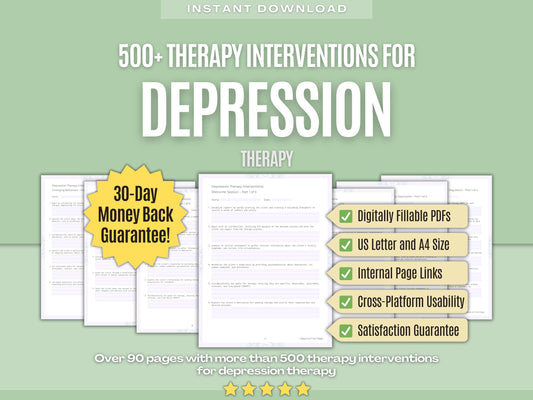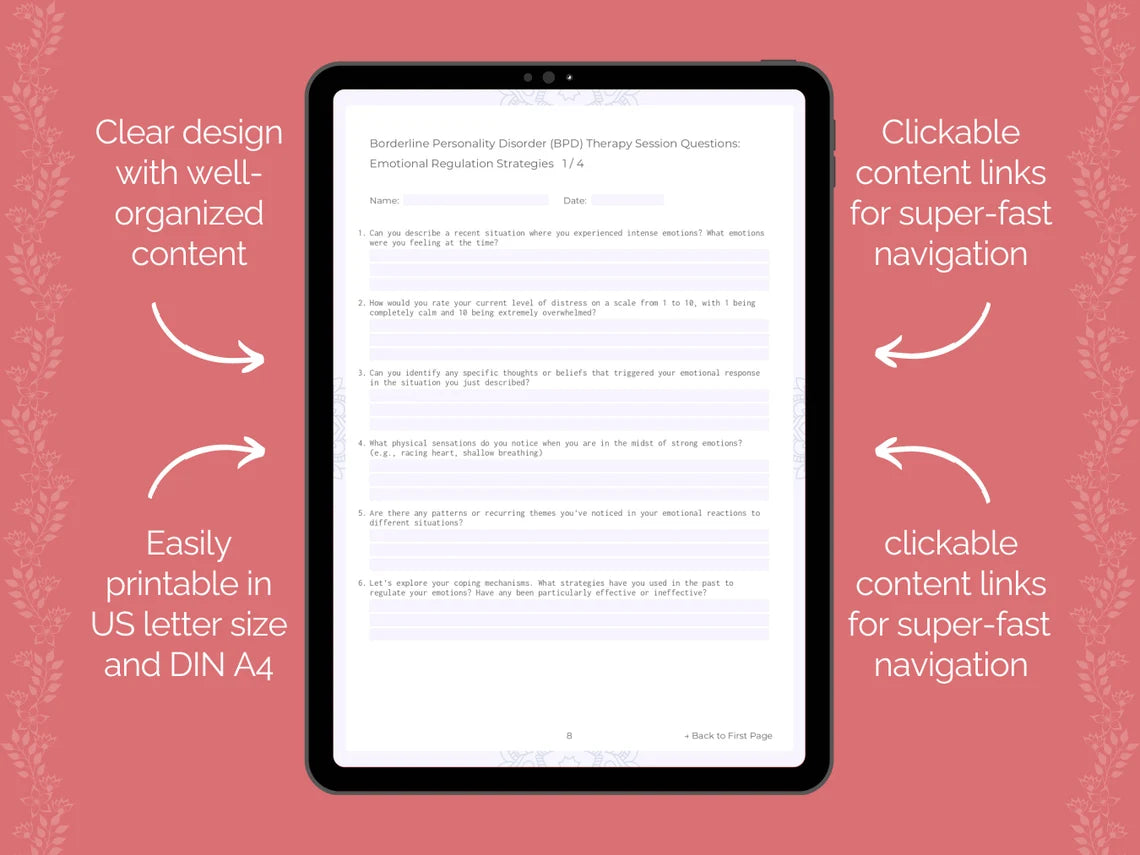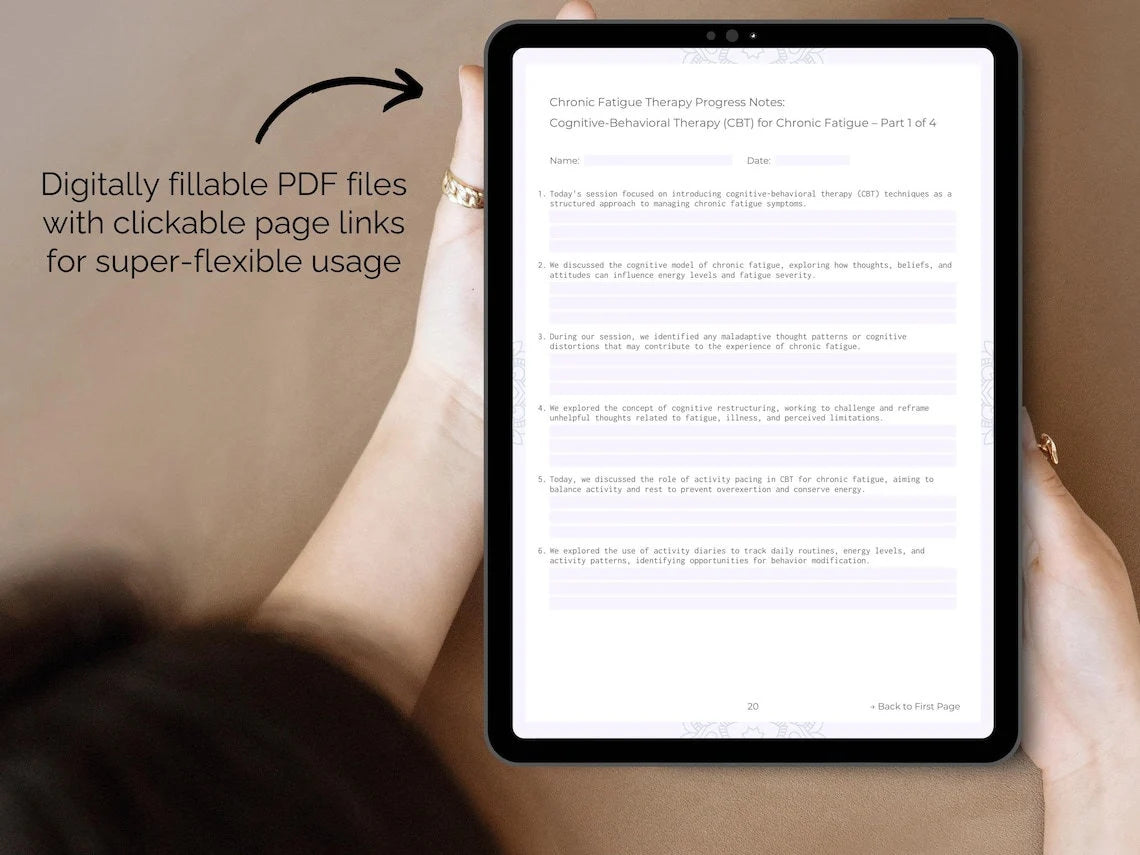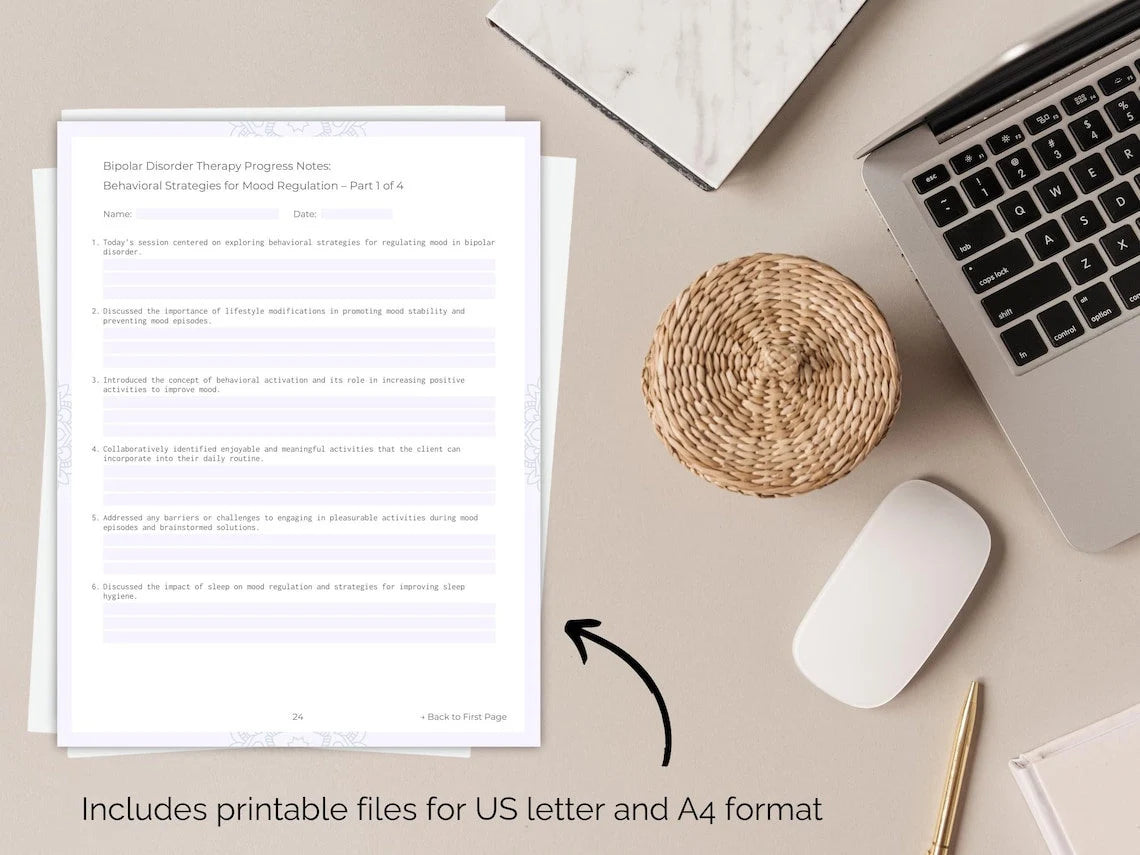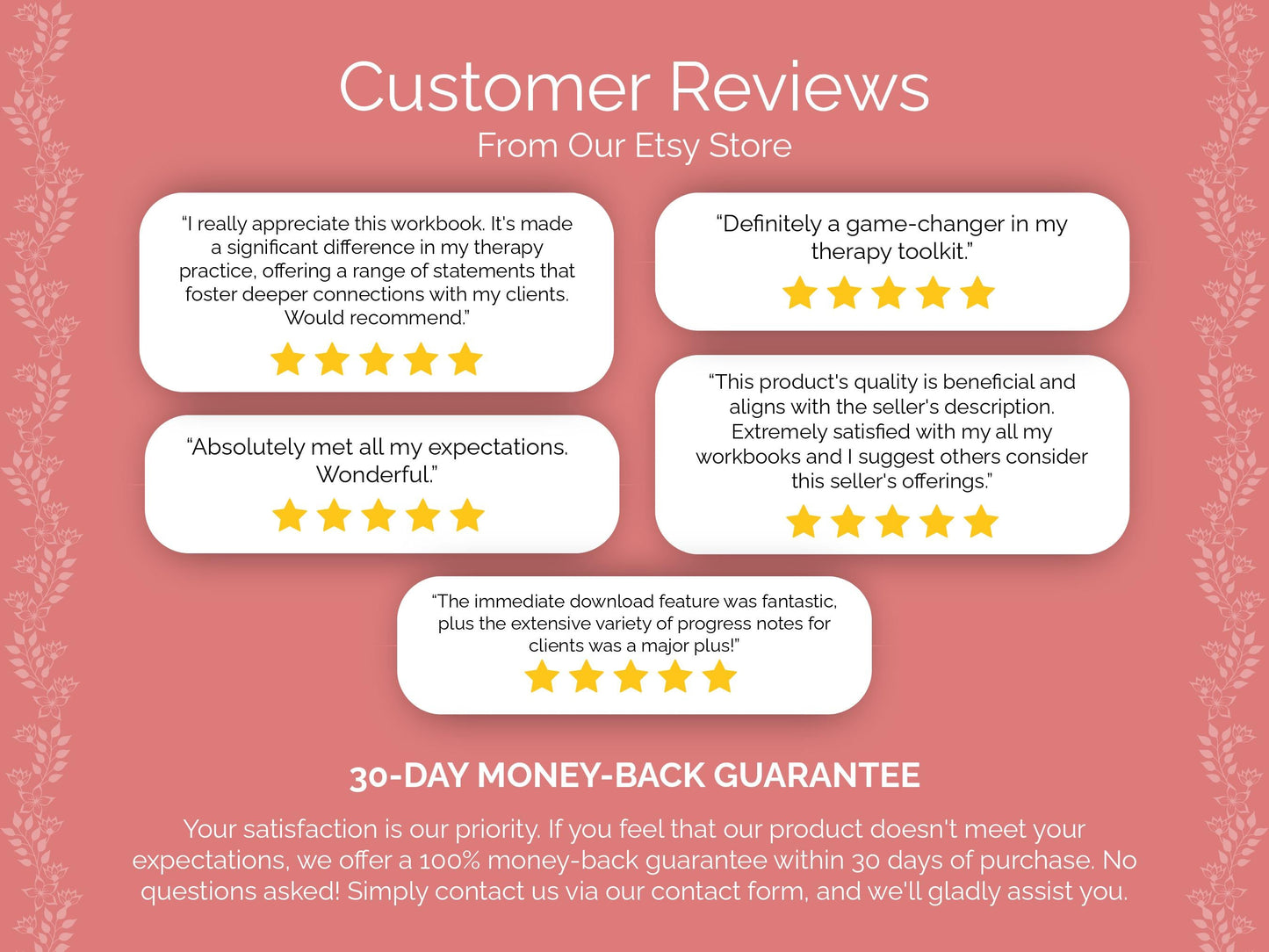Elevate Your Therapy and Guide Your Clients to Inner Healing with Our Stress and Anxiety Therapy Progress Notes! ✨
1. Beginning of Therapy
- Conducted initial assessment to gather comprehensive information about the client's history, current symptoms, and treatment goals.
- Explored the client's understanding of stress and anxiety, including their perceptions of triggers and coping strategies.
- Assessed the client's current level of functioning in various areas of life, such as work, relationships, and self-care.
- Collaboratively identified specific goals for therapy, focusing on both short-term symptom relief and long-term personal growth.
- Explored the client's social support network and identified potential sources of support outside of therapy.
- Addressed any concerns or questions the client had about the therapeutic process or confidentiality.
- Explored the client's past experiences with therapy or counseling, including what was helpful or unhelpful in previous treatments.
- Collaboratively developed a treatment plan that includes specific interventions and strategies tailored to the client's needs.
- Explored the client's strengths and resources that can be utilized in therapy.
- Assessed the client's motivation and readiness for change.
- Provided validation and empathy for the client's emotions and experiences.
2. Stress and Anxiety Psychoeducation
- Provided psychoeducation to the client about the nature of stress and anxiety, including common symptoms and physiological responses.
- Discussed the role of cognitive distortions in exacerbating feelings of stress and anxiety, such as catastrophizing and black-and-white thinking.
- Explained the difference between normal, manageable levels of stress and anxiety versus clinically significant levels that may require intervention.
- Provided examples of common stressors that individuals may encounter in various domains of life, such as work, relationships, and finances.
- Addressed misconceptions about stress and anxiety, such as the belief that anxiety is a sign of weakness or failure.
- Provided information about the impact of technology and social media on stress levels, including the potential for information overload and constant connectivity.
- Reviewed the relationship between stress and sleep disturbances, emphasizing the importance of good sleep hygiene for managing stress and anxiety.
- Explained the concept of emotional regulation and discussed techniques for managing overwhelming emotions in times of stress.
- Provided information about the prevalence of anxiety disorders in the population and the effectiveness of various treatment approaches, including therapy and medication.
- Explained the concept of self-care and emphasized the importance of prioritizing one's physical, emotional, and mental well-being.
- Addressed any questions or concerns the client had about the information presented and encouraged open discussion.
3. Mindfulness-Based Interventions
- Introduced the concept of mindfulness to the client as a way to cultivate present moment awareness and reduce symptoms of stress and anxiety.
- Explained the science behind mindfulness, including research demonstrating its effectiveness in reducing stress, anxiety, and depression.
- Introduced basic mindfulness exercises, such as mindful breathing and body scans, to help the client develop their mindfulness skills.
- Addressed common misconceptions about mindfulness, such as the belief that it requires emptying the mind of thoughts or achieving a state of bliss.
- Introduced the concept of mindful eating as a way to bring awareness to the experience of eating and to cultivate a healthier relationship with food.
- Provided resources for guided mindfulness meditations, both in-session and for the client to practice independently.
- Addressed any challenges or barriers the client may encounter in establishing a regular mindfulness practice, such as lack of time or difficulty staying focused.
- Introduced the concept of loving-kindness meditation as a way to cultivate compassion for oneself and others.
- Addressed any spiritual or existential concerns the client may have about mindfulness practices.
- Encouraged the client to approach mindfulness with a spirit of curiosity and openness to new experiences.
- Discussed the role of mindfulness in preventing relapse of anxiety symptoms and maintaining progress over time.
4. Dialectical Behavior Therapy (DBT) for Stress and Anxiety
- Introduced the client to the principles of Dialectical Behavior Therapy (DBT) as a comprehensive treatment approach for stress and anxiety.
- Addressed any misconceptions or concerns the client may have had about the DBT approach.
- Introduced mindfulness skills as a foundation for managing stress and anxiety, emphasizing present moment awareness and non-judgmental acceptance.
- Addressed any barriers or obstacles the client may face in practicing mindfulness or distress tolerance skills.
- Collaboratively identified specific emotional triggers and responses that contribute to the client's experience of anxiety.
- Addressed any maladaptive coping strategies the client may be using to regulate emotions, such as avoidance or substance use.
- Addressed any cognitive distortions or beliefs that may be contributing to the client's experience of stress and anxiety, and discussed strategies for cognitive restructuring.
- Addressed any challenges or resistance the client may have toward practicing DBT skills and explored underlying motivations.
- Utilized behavioral tracking tools, such as behavior logs or diaries, to monitor progress in implementing DBT skills.
- Discussed the importance of commitment and consistency in practicing DBT skills outside of therapy sessions.
- Reviewed the client's progress in implementing DBT skills since the last session and identified areas for further exploration or adjustment.
5. Interpersonal Therapy (IPT) for Stress and Anxiety
- Introduced the client to the principles of Interpersonal Therapy (IPT) as a structured and time-limited approach for addressing stress and anxiety within the context of interpersonal relationships.
- Addressed any misconceptions or concerns the client may have had about the IPT approach.
- Collaboratively identified the specific problem area(s) most relevant to the client's experience of stress and anxiety.
- Addressed any barriers or obstacles the client may face in improving interpersonal functioning, such as social anxiety or communication difficulties.
- Collaboratively identified recent role transitions, such as job changes or relationship milestones, that may be contributing to the client's stress levels.
- Provided psychoeducation about effective communication techniques, such as active listening and assertiveness, to help the client navigate interpersonal relationships.
- Explored the client's social support network and identified potential sources of support outside of therapy.
- Collaboratively developed interpersonal goals aimed at improving relationships and reducing stress and anxiety.
- Addressed any relational difficulties or conflicts the client may be experiencing in their social or work environments, and explored strategies for problem-solving and conflict resolution.
- Addressed any questions or concerns the client had about the IPT process or techniques.
- Discussed the role of the therapeutic relationship in IPT, emphasizing collaboration, empathy, and validation.
6. Emotion-Focused Therapy (EFT) for Stress and Anxiety
- Introduced the client to Emotion-Focused Therapy (EFT) as an approach for understanding and transforming emotions underlying stress and anxiety.
- Addressed any misconceptions or concerns the client may have had about EFT.
- Collaboratively identified specific emotion-laden situations or triggers that contribute to the client's stress and anxiety.
- Addressed any barriers or obstacles the client may face in accessing and expressing their emotions, such as fear of vulnerability or emotional avoidance.
- Encouraged the client to identify and label their emotions, helping them develop greater emotional awareness and insight.
- Addressed any cognitive distortions or negative beliefs embedded within the client's emotional experiences, and discussed strategies for reframing these beliefs.
- Collaboratively developed emotion-focused coping strategies to help the client regulate and tolerate distressing emotions.
- Addressed any relational difficulties or conflicts the client may be experiencing in their social or work environments, exploring how these dynamics influence their emotional experiences.
- Addressed any questions or concerns the client had about the EFT process or techniques.
- Discussed the role of the therapeutic relationship in EFT, emphasizing empathy, acceptance, and attunement to the client's emotional experience.
- Discussed the potential benefits of EFT in promoting emotional resilience and enhancing coping skills in the face of stressors.
7. Psychodynamic Therapy for Stress and Anxiety
- Introduced the client to Psychodynamic Therapy as an approach for understanding and resolving stress and anxiety by exploring unconscious conflicts and patterns.
- Addressed any misconceptions or concerns the client may have had about Psychodynamic therapy.
- Investigated the presence of unconscious conflicts or unresolved issues that may be contributing to the client's symptoms.
- Addressed any resistance or defenses the client may exhibit in response to exploring unconscious material, providing support and encouragement for deeper exploration.
- Discussed the role of defense mechanisms in managing anxiety and protecting the individual from painful or threatening experiences.
- Investigated the presence of unconscious conflicts or unresolved issues that may be contributing to the client's symptoms.
- Addressed any relational difficulties or conflicts the client may be experiencing in their social or work environments, exploring how early attachment patterns influence current relationships.
- Addressed any questions or concerns the client had about the Psychodynamic process or techniques.
- Reviewed the client's progress in gaining insight into unconscious processes and resolving unconscious conflicts since the last session.
- Addressed any relapse prevention strategies or plans the client may have in place for managing stress and anxiety in the future.
- Discussed the concept of termination and the process of ending therapy, exploring the client's feelings about concluding the therapeutic relationship.
8. Music Therapy for Stress and Anxiety
- Today, the client and I explored different genres of music to identify those that induce relaxation and calmness.
- The client expressed enjoyment in creating a personalized playlist of soothing music to listen to during moments of heightened anxiety.
- During today's session, the client experimented with guided imagery exercises accompanied by soft instrumental music to promote relaxation.
- The client shared their experiences of using music as a tool for distraction during moments of acute anxiety.
- Today, the client practiced progressive muscle relaxation while listening to calming music to release tension held in the body.
- The client reflected on how incorporating music into their daily routine has helped to regulate mood and reduce overall stress levels.
- Today, the client experimented with creating their own music through singing, humming, or playing an instrument as a means of self-soothing.
- The client shared their experiences of using music to facilitate mindfulness practices, such as deep breathing and body scanning.
- Today, the client practiced guided relaxation techniques accompanied by nature sounds or ambient music to enhance the therapeutic experience.
- The client reflected on how their musical preferences have evolved throughout their life and how certain songs hold sentimental value.
- We discussed the client's experiences of using music as a coping mechanism during past traumatic events and explored healthier coping strategies.
9. Therapy Session Wrap-Up
- Today's session focused on reflecting on the progress made thus far in therapy and discussing any lingering thoughts or concerns.
- The client expressed satisfaction with certain aspects of their progress, noting improvements in coping skills and emotional regulation.
- Today, we discussed the client's readiness to transition out of therapy and explored their feelings about ending sessions.
- We discussed the importance of celebrating achievements, no matter how small, and acknowledging the client's resilience and hard work.
- The client shared their plans for maintaining progress outside of therapy, including continued practice of coping skills and self-care activities.
- The client expressed gratitude for the support and guidance received in therapy and reflected on the positive impact it has had on their life.
- Today, we discussed the possibility of scheduling follow-up sessions or utilizing booster sessions as needed to maintain progress.
- We revisited any unresolved issues or lingering emotions and worked towards achieving closure and resolution.
- The client shared their hopes and aspirations for the future, expressing optimism and readiness to face life's challenges with newfound resilience.
- Today, we reviewed any resources or referrals provided during therapy and ensured the client feels equipped to navigate their mental health journey independently.
- We discussed the importance of self-monitoring and staying vigilant for signs of distress, while also recognizing the progress made.
10. Concluding Therapy Meeting
- Today's session marked the final meeting in our therapeutic journey, serving as an opportunity to reflect on the progress made and express gratitude for the work accomplished.
- The client shared their reflections on the therapeutic journey, highlighting moments of insight, breakthroughs, and personal transformation.
- Today's session included a review of the coping skills and techniques learned in therapy and their effectiveness in managing stress and anxiety.
- We discussed the client's readiness to transition out of therapy and their plans for maintaining progress in the absence of regular sessions.
- The client reflected on the impact of therapy on their life, noting improvements in self-awareness, confidence, and overall well-being.
- Today's session included a farewell ritual or symbolic gesture to mark the conclusion of therapy and honor the client's journey.
- We revisited the progress notes and worksheets created throughout therapy, highlighting key insights and breakthrough moments.
- We discussed any additional resources or support networks available to the client for continued growth and development.
- The client expressed readiness to apply the lessons learned in therapy to navigate future challenges and pursue their goals with confidence.
- Today's session concluded with expressions of appreciation and well-wishes for the client's continued success and happiness.
- We ended the session by affirming the client's worth and inherent value, reminding them of their capacity for growth and self-empowerment.
We hope that our therapy progress notes for Stress and Anxiety therapy will help you to elevate your therapy practice and guide your clients to inner healing! Do you need more therapy progress notes for Stress and Anxiety therapy? Find them all in our Digital Workbook! Or do you have any questions or suggestions for us? Please feel free to contact us at any time!
